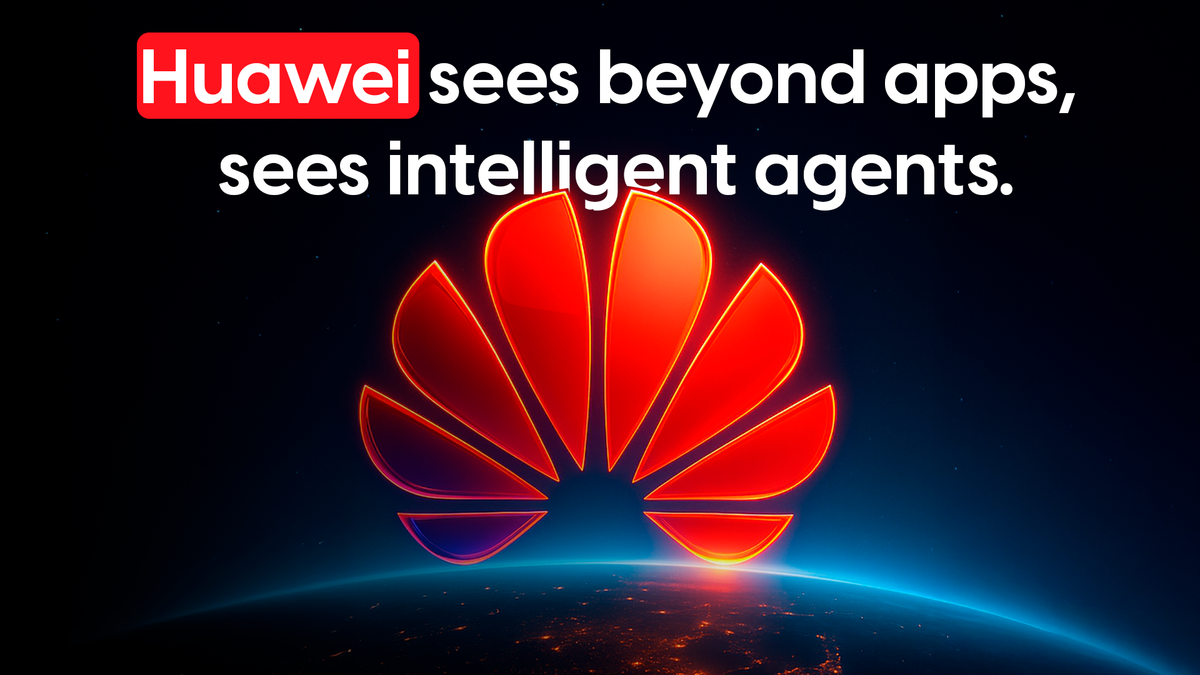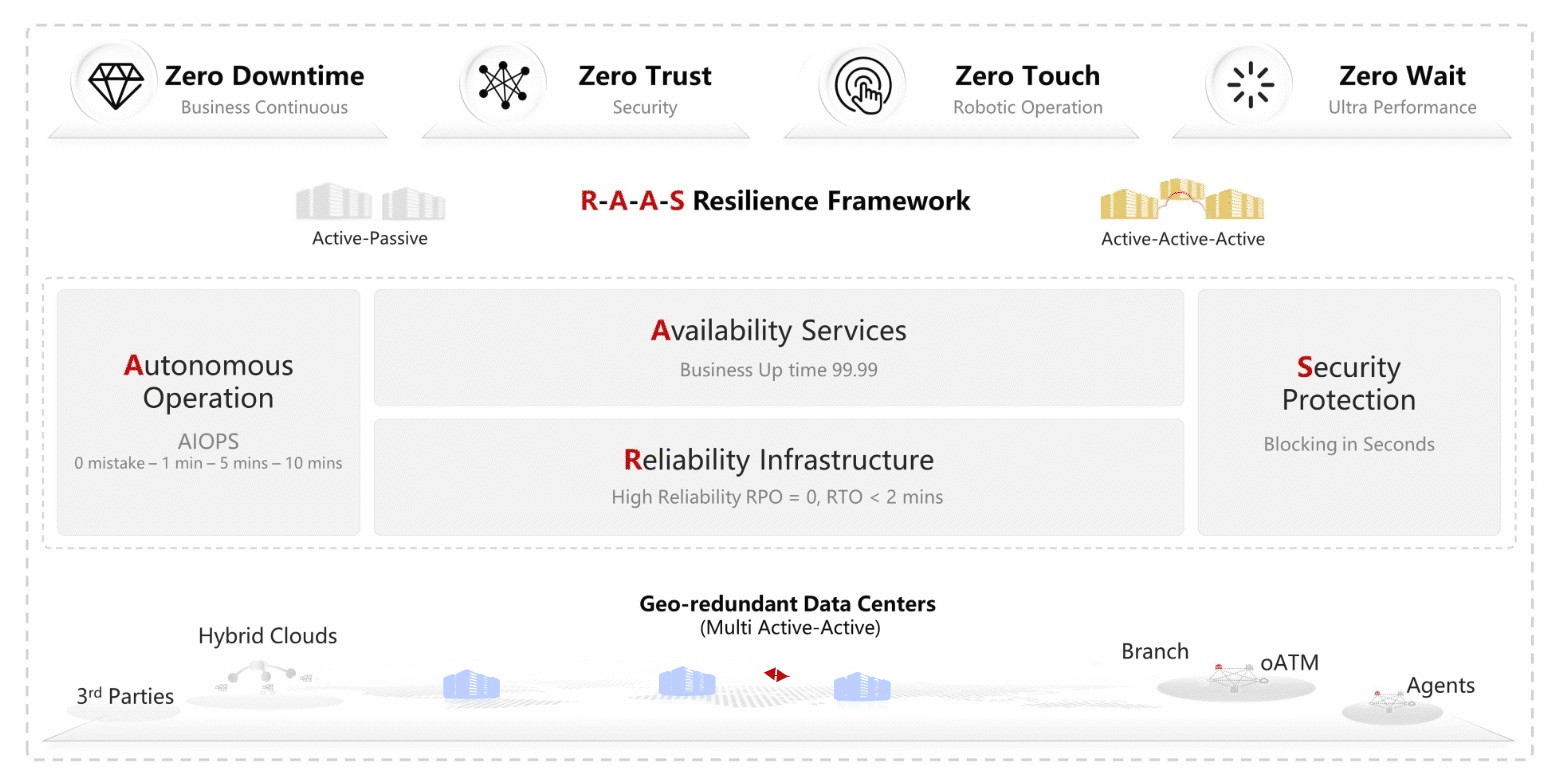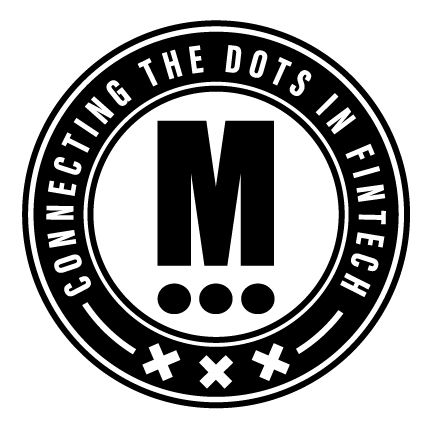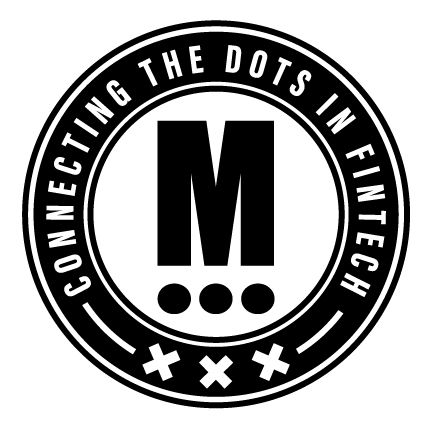Beyond Digital: Huawei’s Vision for an AI-Driven Finance Future
Digital transformation is evolving fast. At Huawei’s HiFS 2025, CEO Jason Cao unveiled the “Digital + AI Flywheel”, blending strong digital infrastructure with AI to reshape finance.

Digital transformation isn’t done; it’s still evolving. This is the message that Huawei is enunciating, where the next wave will be driven by the “Digital + AI Flywheel” model. What does this mean? It’s blending mature digital infrastructure and intelligent automation.
Just recently at the Huawei Intelligent Finance Summit (HiFS) 2025, Jason Cao, CEO of Huawei Digital Finance BU, reflected on how the industry has evolved over the past decade. He pointed out that “ten years ago, the focus was on mobile payments, (...), looking ahead, we believe the next decade will center around intelligent agents.”
While mobile payments continue to evolve, much of the groundwork has already been laid by years of innovation. Now, the industry is moving toward AI-driven experiences: shifting from one app to one intelligent agent. No, it’s not about replacing people. This is about augmenting how people interact with financial services.
But AI alone isn’t enough. Think of an airplane: AI may be the turbocharger, but without a reliable airframe (infrastructure), a steady fuel system (unified data), and modular engines (modernized applications), it can’t fly safely or far. To support this transformation, Huawei has outlined four strategic pillars.
Here’s what stood out to me.
Four Zeros: Pillars of Unbreakable Resilience

Central to Huawei’s infrastructure vision are the “4 Zeros” – four guarantees that redefine banking reliability. These are Zero Downtime, Zero Wait, Zero Trust, and Zero Touch. Even though the “4 Zeros” look straightforward, let’s have a look at what this actually means.
- Zero Downtime: Ever felt frustrated when something suddenly stops working? Obviously, in today’s world, there’s no room for that. Systems need to be always on. Voila, that’s why Zero Downtime matters. With multiple systems running in parallel, if one fails, another takes over instantly. No hiccups, no user impact.
- Zero Wait: Speed is key in the FinTech age we live in, today. No one likes waiting, especially online. A few extra seconds during login or payment, and people give up. Everything should feel instant, smooth, and effortless, so users stay engaged and happy.
- Zero Trust: Trust is the important keyword you hear regularly. Why? Because trust is fragile, and in digital systems, you can’t afford to lose it. Zero Trust means checking every access request (who, where, what device) every time. It’s how safety is ensured without leaving room for doubt.
- Zero Touch: We love it when things just work, no questions asked. From KYC to payments, the less we need to do, the better. Smart automation makes everything smoother and faster, for users and for teams behind the scenes.
Put together the 4 Zeros, and we get faster, smarter, and more resilient bank infrastructures. At HiFS, Huawei took this a step further by introducing its upgraded active-active data center solutions under the “RAAS” framework (Reliability, Availability, Autonomy, and Security), bringing these principles to life in a real, tangible way.
4M & Digital Core 5.5: Modernizing the Banking Core
If infrastructure is the airplane, then applications are the engines and cabins. Huawei’s answer to legacy rigidity is the 4M methodology: systematic modernization across four domains. At HiFS, Huawei launched Digital Core 5.5, a “4M-based” solution that re-engineers core banking as a modular, Lego-like system.
- Platform Modernization: Using cell-based architecture, which reduces system-wide outages and enables 99.999% high availability.
- Database Modernization: Huawei's Gauss database system can achieve system throughput surpassing 10,000 TPS (Transactions Per Second) and boasts 95% syntactic compatibility with current systems.
- Engineering Modernization: Through a standardized "four phases, ten steps, and 36 activities" methodology that guarantees 100% data consistency and zero downtime for migrations of essential banking systems.
- Operations and Maintenance Modernization: For quick capability for fault identification, demarcation, and recovery.
Under this framework, banks essentially rebuild their legacy stacks brick by brick. Cao even likened the task to assembling a Lego-style application – plug-and-play microservices on modular cells. Digital Core 5.5 embodies these principles, offering pre-integrated components so banks have a second option. The upshot: banks get a future-proof core that scales on demand, ships fixes cell-by-cell, and never goes dark.
R.A.C.E: Real-Time, Converged Data Intelligence
Data is the fuel for the flywheel, and Huawei’s R.A.C.E Financial Data Intelligence Solution 5.5 is how it delivers that fuel at speed. R.A.C.E stands for Real-time analysis, All-domain data integration, Converged data platforms & unified data services, Experience-centric business, knits and IT data usage.
In practice, Huawei says future banks must ingest and act on data end-to-end in milliseconds. Data across channels (transactions, web, mobile, IoT) must flow into unified lakes so insights aren’t siloed. Platforms must converge batch and streaming workloads with one set of services. And the result must improve both customer experience and line-of-business analytics.
Ecosystem Collaboration: Global Fintech Partnerships
Finally, Huawei underlined that no bank goes it alone. Its RongHai Partner Program knits together a global Fintech ecosystem. RongHai now counts 150+ solution partners and runs three sub-programs: the Superior Solution Development Program, the Intelligent Innovation Program, and the Financial Partner Go Global Program.
In total, Huawei has collaborated with over 11,000 finance partners worldwide and has served 5,600+ customers across 80+ countries. This means the flywheel isn’t just Huawei and a bank – it’s a community pulling together. Partners share data platforms, AI tools, and engineering resources so that a smart idea in one market can quickly become an out-of-the-box offering everywhere.
Looking Ahead
In sum, Huawei’s strategy is both broad and practical. It paints an optimistic future: a banking industry where digital momentum is turbocharged by AI, undergirded by infrastructures that never falter, and powered by data infrastructures that move at the speed of thought.
As Jason Cao put it, “intelligence is set to be the next game changer, accelerating innovation beyond imagination”. Huawei’s approach, based on dual flywheels, the 4 Zeros, 4M modernization, and RACE data, offers banks a clear roadmap to that future.
If the pieces fall into place, financial services will remodel from cost-centric utilities into innovation engines, where every transaction, every insight, and every partnership spins the flywheel faster.





Comments ()